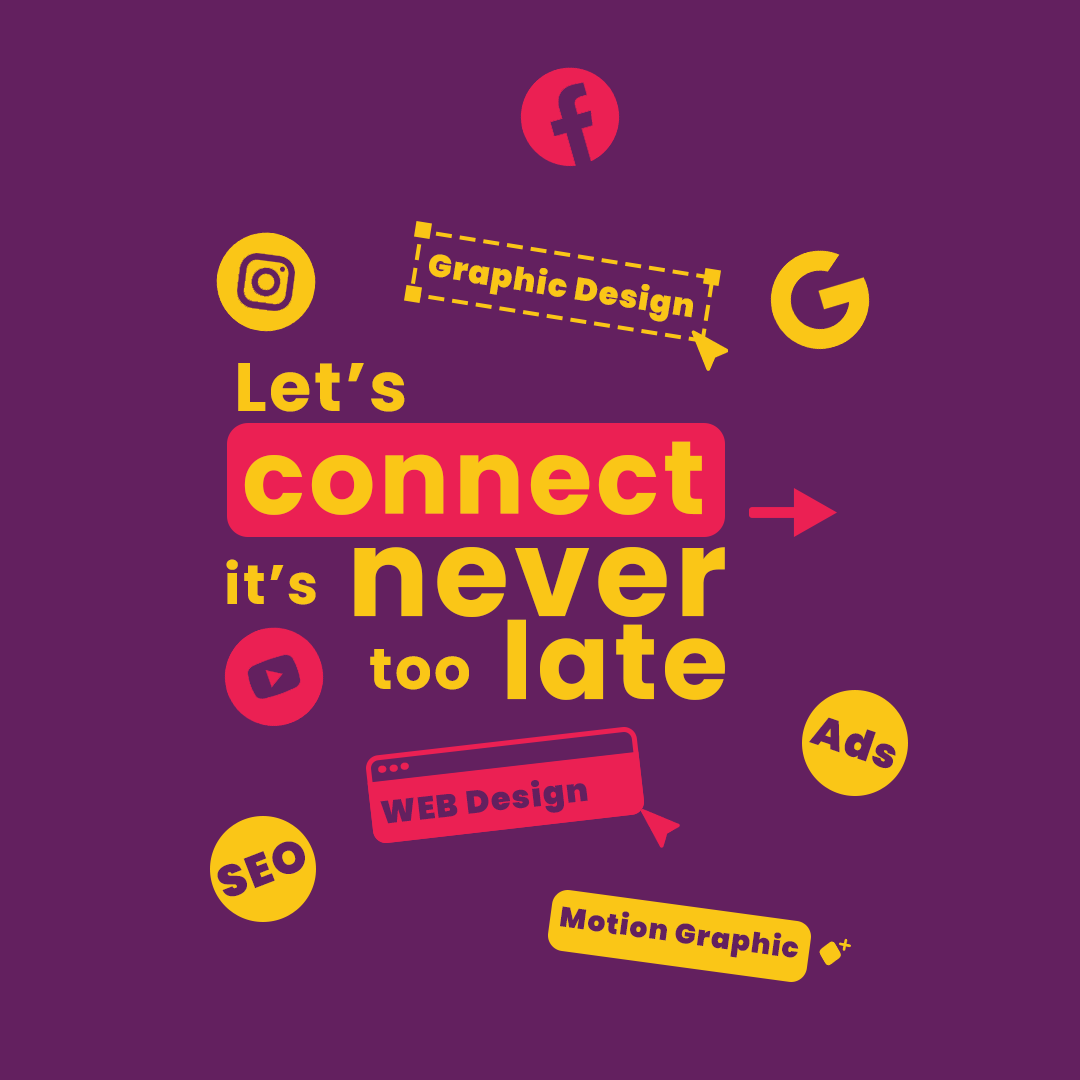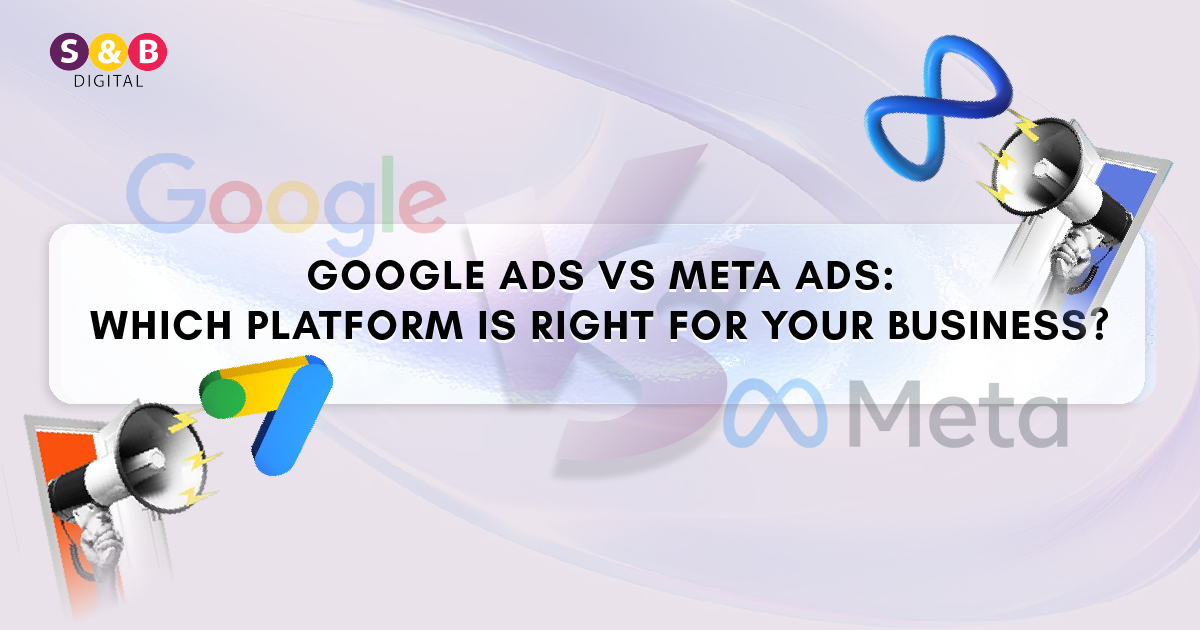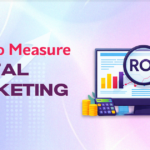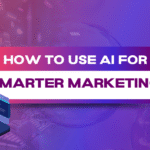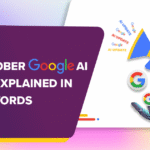When it comes to online advertising, two names dominate the conversation — Google Ads and Meta Ads. Both platforms are powerful, both have global reach, and both can deliver measurable results. But the big question for business owners is “Which one is right for me?”
The truth is, there’s no one-size-fits-all answer. It depends on your goals, audience, budget, and the kind of impact you want. In this blog, let’s break things down in a human, practical way so you can decide which platform deserves your ad spend.
1. A Quick Introduction to Each Platform
Google Ads
Google Ads is built on the world’s largest search engine. Think about it: billions of people search Google every day, looking for answers, products, and services. With Google Ads, your business can appear right when someone types a query like “best digital marketing agency near me” or “affordable running shoes online.”
It’s intent-driven advertising, meaning users are already looking for what you’re offering.
Meta Ads
Meta Ads cover Facebook, Instagram, Messenger, and WhatsApp. Here, people aren’t actively searching for your product, but they are scrolling, engaging, and consuming content. Meta allows you to put your brand in front of the right audience based on interests, demographics, and behaviour.
It’s attention-driven advertising, you catch people where they spend their time.
2. Audience Targeting: Who Can You Reach?
- Google Ads: Targets people based on what they search for, their location, and browsing behavior. Perfect for capturing high-intent leads who are already “ready to buy.”
- Meta Ads: Targets people based on interests, lifestyle, and demographics. Great for awareness, storytelling, and creating demand.
Example: If you’re a local gym, Google Ads helps when someone searches “gym near me.” Meta Ads help you reach people who aren’t searching yet but might be inspired by your fitness story.
3. Cost and ROI
Budget is always a deciding factor.
- Google Ads often works on a cost-per-click (CPC) model. Since competition for certain keywords can be high, the cost per click may be higher. But remember, clicks from Google are usually high-intent.
- Meta Ads are generally cheaper in terms of CPC and CPM (cost per 1,000 impressions). They’re fantastic for building awareness, running promotions, or retargeting website visitors.
In simple terms:
- If you want immediate leads and conversions, Google might give faster ROI.
- If you want reach, brand recall, and engagement at scale, Meta gives more value for money.
4. Types of Businesses That Shine on Each Platform
- Best for Google Ads:
- Local service providers (plumbers, doctors, salons)
- E-commerce stores with specific product searches
- B2B businesses targeting niche keywords
- High-intent campaigns (like “book now” or “get a quote”)
- Local service providers (plumbers, doctors, salons)
- Best for Meta Ads:
- Fashion, lifestyle, and beauty brands
- Businesses relying on visuals (restaurants, travel, fitness)
- Startups wanting to build awareness quickly
- Event promotions, lead magnets, or storytelling campaigns
- Fashion, lifestyle, and beauty brands
5. Strengths and Weaknesses
| Platform | Strengths | Weaknesses |
| Google Ads | High intent, measurable ROI, faster leads | Can get expensive, limited creative storytelling |
| Meta Ads | Visual, engaging, cheaper reach, strong audience insights | Lower buying intent, can require more nurturing |
6. How to Decide for Your Business
Here’s a simple framework:
- Google Ads - If you want leads now, sell products with clear search demand, or have a niche service people actively look for.
- Meta Ads - If you want to build awareness, tell stories, or reach people who don’t know they need your product yet.
- Choose both - If you want a balanced strategy. Many businesses use Google Ads to capture ready-to-buy customers and Meta Ads to warm up future buyers.
7. Examples
Imagine you're at a local cafe.
- With Google Ads, you’d target “coffee shop near me” and get immediate visits from people searching nearby.
- With Meta Ads, you’d showcase your cozy café interiors, latte art, and seasonal offers to a wider audience, planting the idea in their minds before they even search.
Both approaches work, but the strategy is different.
8. The Future of Ads: Why Testing Matters
One important truth about digital ads: what works for one business may not work for another. Algorithms, competition, and audience behavior are always changing.
The smart move? Test both platforms with small budgets, analyze results, and then double down where you see ROI. That’s how the most successful brands operate.
Conclusion
So, Google Ads vs. Meta Ads: which is right for your business?
- If you need immediate, high-intent leads, Google Ads is your friend.
- If you want to build a brand, increase awareness, and engage your audience, Meta Ads is a better choice.
- And if you’re serious about long-term growth, the best strategy often combines both.
At the end of the day, it’s not about which platform is “better”; it’s about which platform fits your goals, your audience, and your budget.
